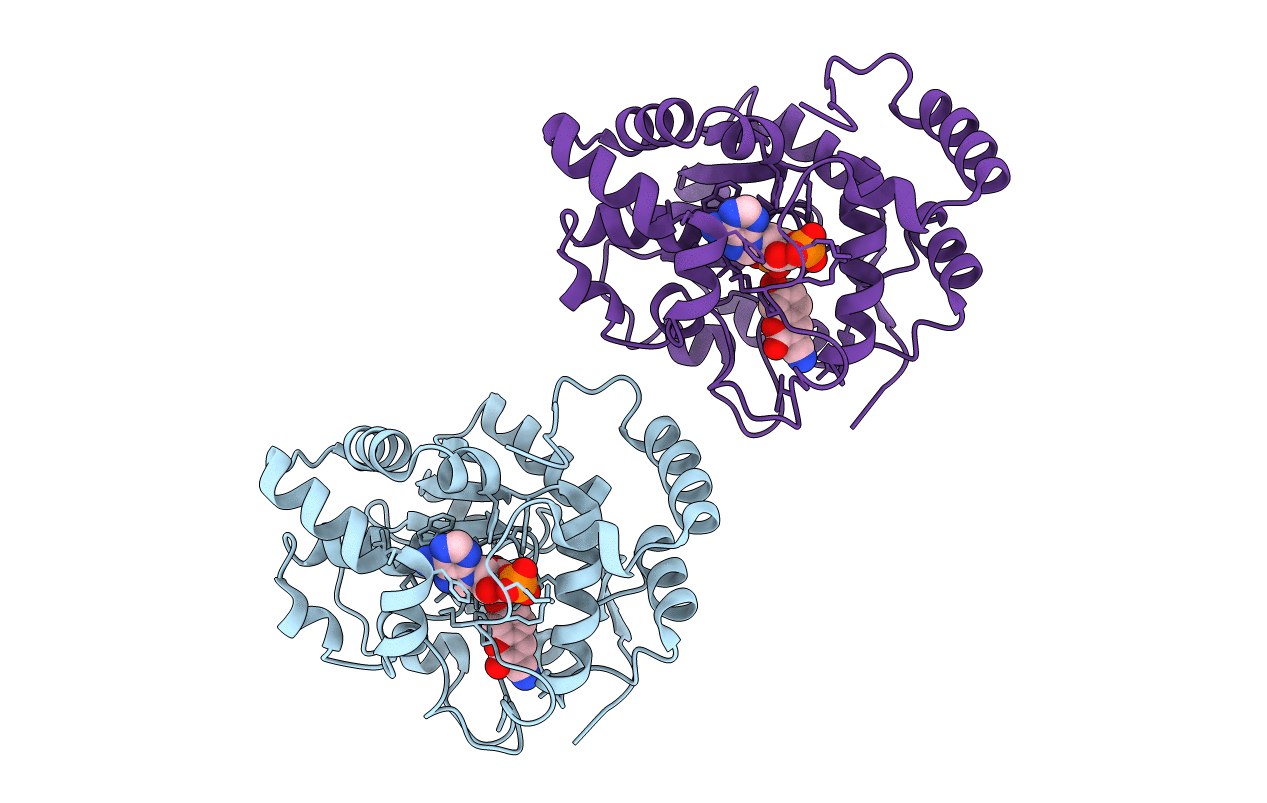
Deposition Date
2011-02-26
Release Date
2011-08-31
Last Version Date
2023-09-13
Entry Detail
PDB ID:
3QVV
Keywords:
Title:
Crystal structure of Ancestral variant b9 of SULT 1A1 in complex with PAP and 3-CyC
Biological Source:
Source Organism:
Homo sapiens (Taxon ID: 9606)
Host Organism:
Method Details:
Experimental Method:
Resolution:
2.35 Å
R-Value Free:
0.27
R-Value Work:
0.22
R-Value Observed:
0.23
Space Group:
P 21 21 21


